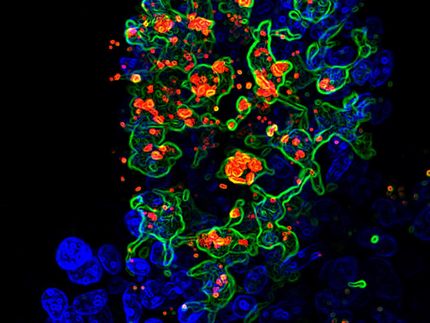Viruses must be controlled differently from bacteria
BfR Symposium on the foodborne transmission of viruses
Advertisement
The notifications of cases of disease caused by noroviruses and rotaviruses have steadily increased in recent years. These well-known viruses can be transmitted by infected individuals during the production and preparation to food and can spread in this way. At the first nationwide symposium in Germany "Foodborne Viruses" staged by the Federal Institute for Risk Assessment (BfR) in Berlin around 100 experts from research institutes, test agencies and food control discussed the latest findings on foodborne viruses. They looked at transmission pathways, the development of new detection methods and ways of inactivating viruses in food. "A great deal of research has already been done on bacteria in food whereas further research is needed on foodborne viruses," says BfR President Professor Dr. Dr. Andreas Hensel. "As viruses do not behave in the same way as bacteria, different control strategies are required."
Noroviruses and rotaviruses are frequently the cause of gastrointestinal diseases. They are not directly transmitted from man to man but are indirectly spread when infected people come into contact with food. Certain foods are also known risk foods for inflammation of the liver and intestinal inflammation. For instance mussels can accumulate viruses from their environment. If the mussels are eaten raw, then the viruses are consumed, too. New studies show that attention should also be paid to these zoonotic viruses. These viruses initially attack food-producing animals and spread from food made from them to humans. Hepatitis E viruses can, for instance, be detected in wild boar.
In contrast to bacteria, viruses do not multiply in food. Cooling of the food tends to have a stabilising effect on these pathogens. As many of the viruses that cause foodborne infections are extremely stable even at high temperatures, the foods concerned must be heated for a long period until the viruses are inactivated. The experts see a positive development in the detection methods for viruses in food. For a long time this was only possible in specialist laboratories. The first official method is now available which can be used by test agencies to detect viruses in food and thus gain insight into the outbreak of foodborne infections.
According to the participants in the symposium there is a need for research above all into the transmission pathways of the viruses and the exact conditions under which they are inactivated. This is the precondition for developing effective preventive measures and successfully combating these foodborne viruses.



























































